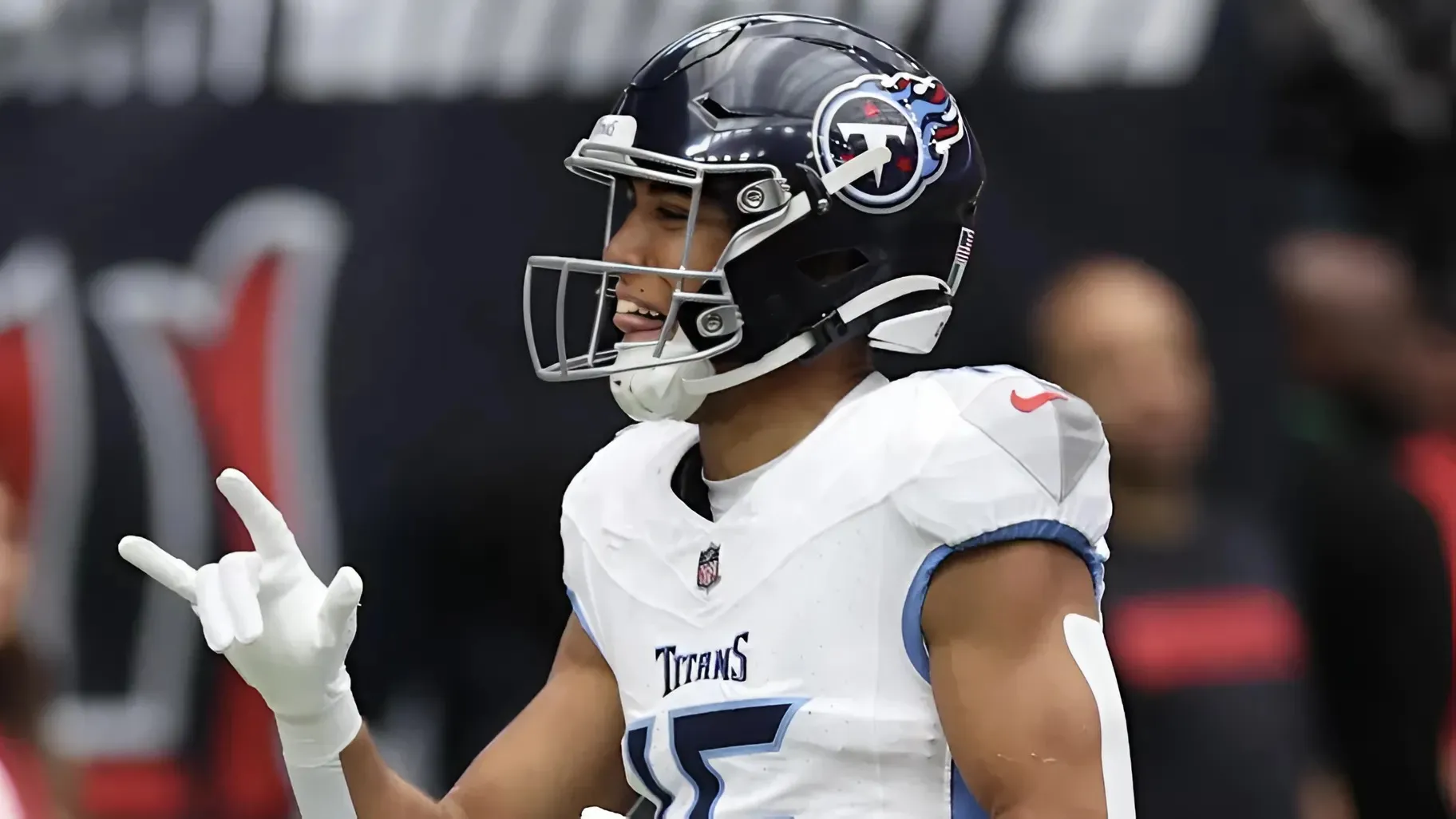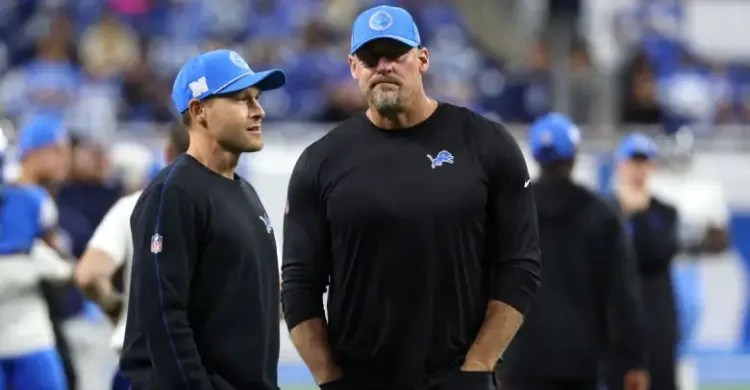Kevin O’Connell took the podium moments after the Minnesota Vikings season ended. A 14-3 season ended abruptly as the offensive line was dominated in a playoff loss to the Los Angeles Rams. He had just watched the Rams sack Sam Darnold nine times, and O’Connell was fuming in a way that would make Bud Grant proud.

“We’ve got to find a way to solidify the interior of the pocket,” O’Connell said. “There could be 1,000 excuses made, but for me, it’s the foundation of the interior of the pocket that we’re going to take a long look at.”
Almost three months after O’Connell channeled Mike Zimmer burying Kellen Mond’s career, the Vikings overhauled their offensive line. They brought in Ryan Kelly and Will Fries as free-agent splashes, jettisoning Garrett Bradbury and Ed Ingram to make room. Christian Darrisaw and Brian O’Neill will be back next season, and Vikings fans haven’t been this excited about an offensive line since Randall McDaniel was moonlighting as a fullback.
But, looking at the current group, it feels like a job that isn’t done.
It starts with what the Vikings brought in during free agency. Fries and Kelly’s arrival sent shockwaves through a fanbase who watched Bradbury fare about as well as a fan trying to last 10 seconds in an octagon with Brock Lesnar. Or watched Ingram’s size 76 clodhoppers trip anyone within a 20-foot radius over the past three seasons. But there’s also a risk with both players that could leave the Vikings back where they started.
Fries was considered the top guard on the market after the Kansas City Chiefs used the franchise tag on Trey Smith in February. He was also one of the best guards in football before breaking his leg last season, posting an 86.9-overall grade in 268 offensive snaps. But he also had three average seasons before his payday, logging a 61.2-overall grade in his first full year as a starter in 2023.
While his grades increased each season leading up to last year’s breakout, you have to wonder if this is a case of a player breaking out or one who got hot at the right time. The bidding war that ensued to obtain Fries’ services is a good sign, but it’s something the Vikings must consider.
It’s a lot like what they’re getting in Kelly, who played alongside Fries in each of the past four seasons. The 31-year-old is as rough as toilet paper at a rest stop and has allowed just 10 quarterback hits over the past five seasons. By comparison, Bradbury allowed 11 quarterback hits over the past two seasons.
But there’s also some buyer beware with Kelly. He missed seven games last season due to neck and knee injuries and has missed time in three of the past four seasons. While he remains an upgrade over his predecessor, he may not be able to play 17 games, which may be why they structured his two-year deal with no guaranteed money in 2026.
If the Vikings want an elite offensive line, the imported duo from Indianapolis better turn out. Still, there’s pressure on the rest of the group to pull their weight.
O’Neill remains a cornerstone and a leader in the locker room, but he’ll be entering his age 30 season. After posting an overall grade of 70 in each of the past six seasons, the Vikings would be wise to sign him to a long-term deal that keeps him in Minnesota for the rest of his career. Then again, the cliff comes quickly.
The Vikings could scramble for a replacement if O’Neill drops off or gets hurt. That’s similar to what they experienced after Christian Darrisaw’s multi-ligament knee injury last October, which resulted in coughing up draft capital to acquire Cam Robinson. However, it could also have long-term ramifications if the Vikings have to roll with the unproven duo of Walter Rouse or Justin Skule.
Then there’s the concern with Darrisaw, who suffered ACL and MCL tears last season. While O’Connell was optimistic about his recovery during the scouting combine, he had similar comments as T.J. Hockenson rehabbed from his knee injury. After nervously laughing at anyone asking for a timetable at this time last year, Hockenson remained out until November, leaving a massive hole in the Minnesota offense.
If Darrisaw is out for an extended period, it could be bad news for Blake Brandel. Brandel was the latest experiment in Minnesota’s musical-chairs method of handling the offensive line but held his own, posting a 64.9-overall grade in seven games beside Darrisaw. However, the wheels came off when Darrisaw was lost for the season. Brandel posted a 50.7 grade and allowed 36 pressures while playing next to Robinson.
These are all things the Vikings should consider when putting together their draft strategy. Texas’ Kelvin Banks Jr. projects to be a guard in the long term but could serve as a stopgap for Darrisaw or a long-term replacement for O’Neill after spending his collegiate career at tackle.
The same thought goes for North Dakota State’s Grey Zabel, who played all five positions along the offensive line during his time with the Bison. If Kelly wears down, Zabel can step in and potentially be a long-term solution at either guard spot.
But then there’s a thought to solve the left guard situation permanently. Alabama guard Tyler Booker had a disastrous workout at the combine, but he’s still a blue-chip prospect who could move Brandel to a swing role that suits his strengths.
Either way, the Vikings would be wise to make another investment in their offensive line. That could be another step toward ensuring that O’Connell’s blood pressure doesn’t spike when speaking about the group in 2025.



